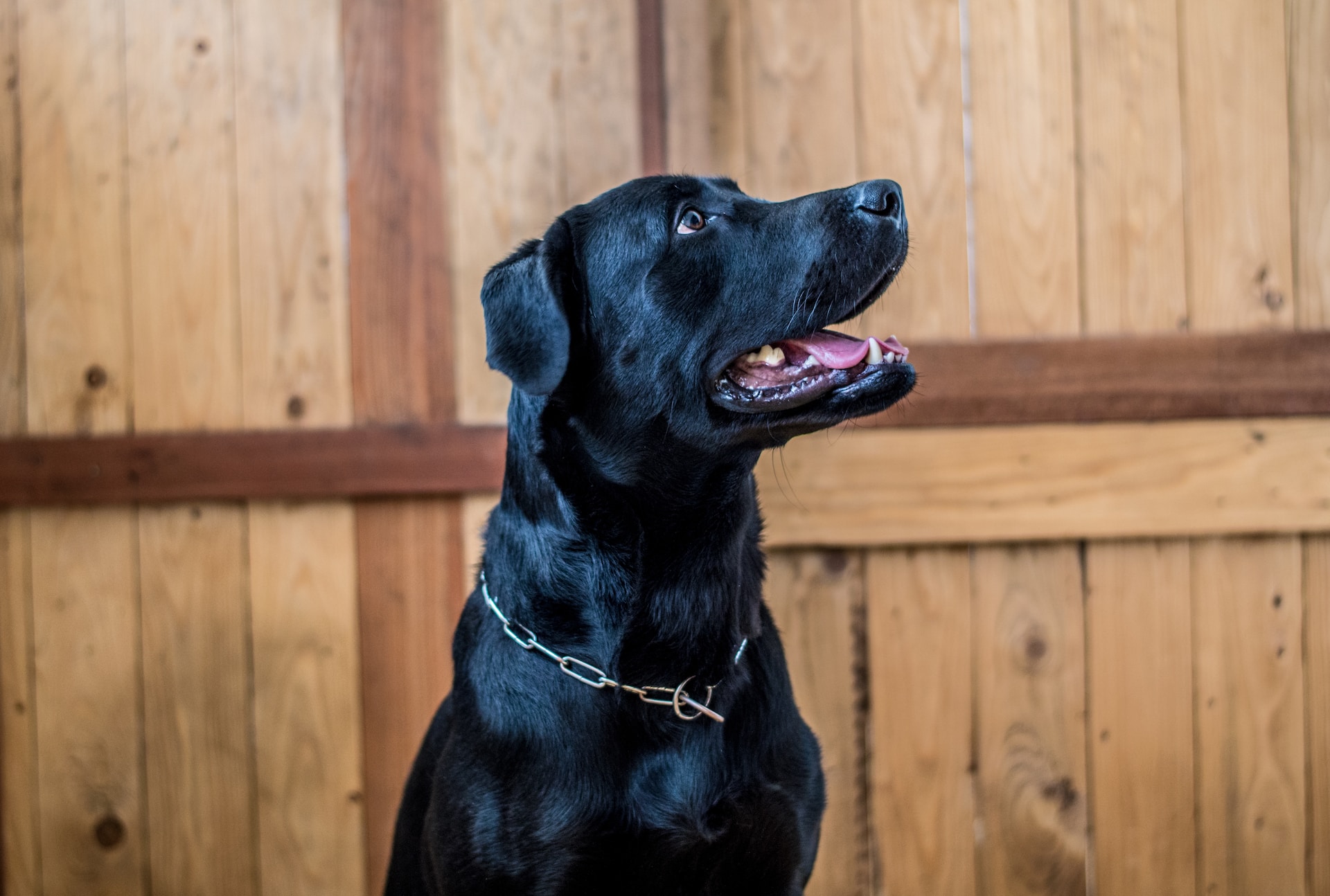Are you tired of coming home to find your favorite shoes chewed up by your lovable Labrador? If so, you’re not alone. Many dog owners struggle with this common issue. But fear not, because I’ve got some tips and tricks that will help you put a stop to your dog’s chewing habits.
First and foremost, it’s important to understand why Labradors tend to chew so much. Puppies, especially Labradors, have a natural instinct to explore the world through their mouths. It helps them relieve teething discomfort and also satisfies their curiosity. However, even adult Labradors may continue to chew out of boredom or anxiety.
To address this behavior, providing appropriate alternatives is key. Make sure your Labrador has plenty of chew toys specifically designed for strong chewers. These toys should be durable and safe for them to gnaw on without risking any harm. By redirecting their chewing behavior onto these toys, you can save your belongings from becoming the next victim.
Understanding why dogs chew
Reasons why dogs chew on objects
Ah, the age-old question of why our furry friends love to sink their teeth into everything they can get their paws on. Let’s dive into the fascinating world of dog chewing and explore some possible reasons behind this common behavior.
Firstly, it’s important to note that chewing is a natural instinct for dogs. Just like humans use their hands to explore objects, dogs use their mouths. It’s how they investigate and interact with the world around them. However, when it comes to excessive chewing on objects, there are a few factors that may contribute:
- Teething: Just like human babies, puppies go through a teething phase where their baby teeth start falling out and adult teeth grow in. This can cause discomfort and itching in their gums, leading them to seek relief by chewing on anything within reach.
- Boredom or lack of mental stimulation: Dogs are intelligent creatures who need mental stimulation to stay happy and healthy. When left alone for long periods without proper entertainment or exercise, they may resort to chewing as a way to alleviate boredom or release pent-up energy.
- Anxiety or stress: Dogs are sensitive beings who can experience anxiety just like humans do. Chewing can be a coping mechanism for them when they’re feeling anxious or stressed out. Separation anxiety, changes in routine, or even loud noises can trigger this behavior.
The impact of chewing on a dog’s health
While occasional chewing might not be harmful, excessive chewing can have negative effects on your dog’s health:
- Dental problems: If your pup is constantly gnawing on hard objects like furniture or shoes, it could lead to dental issues such as broken teeth or worn-down enamel. Regular dental check-ups and providing appropriate chew toys can help prevent these problems.
- Digestive issues: Swallowing pieces of objects they chew on can lead to gastrointestinal blockages, which can be a serious and potentially life-threatening condition. It’s crucial to keep an eye on what your dog is chewing and ensure they have safe and appropriate items.
- Injury or poisoning: Chewing on certain objects, such as electrical cords or toxic plants, can result in injuries or poisoning. It’s essential to create a safe environment for your furry friend by removing potential hazards from their reach.
Understanding why dogs chew is the first step toward addressing this behavioral issue effectively. By identifying the root cause behind your furry friend’s excessive chewing habits, you’ll be better equipped to provide them with appropriate outlets for their natural instincts while keeping them safe and healthy.

How to Stop Your Dog from Chewing
As responsible dog guardians, we need to provide our furry friends with appropriate chew toys and redirect their chewing instincts away from destructive behaviors. Let’s delve into some common objects that tend to attract dogs’ chewing tendencies:
- Household Items: Dogs have an uncanny ability to find items around the house that pique their interest. From shoes and socks to remote controls and eyeglasses, it seems like no object is off-limits. Labradors, known for their curious nature, may particularly enjoy exploring these everyday items with their mouths.
- Furniture and Wood: Wooden furniture legs or chair corners can be irresistible targets for your Labrador’s chewing adventures. Additionally, wooden toys or sticks found during outdoor activities might catch your pup’s attention.
- Soft Objects: Plush toys and stuffed animals make perfect companions for Labradors due to their softness and cuddly nature. However, they can also become tempting chew targets when your dog feels the urge.
- Electrical Cords: Dogs are drawn towards electrical cords due to their intriguing texture or because they emit a low-level electrical current when plugged in. These cords pose not only a risk of damage but also potential harm if chewed on.
By understanding the common objects that dogs, including Labradors, are prone to chew on and implementing preventive measures, we can help redirect their chewing instincts towards more appropriate outlets.